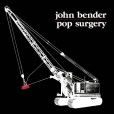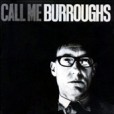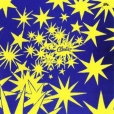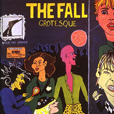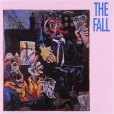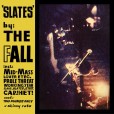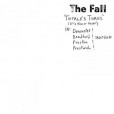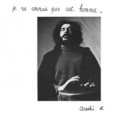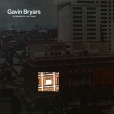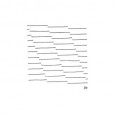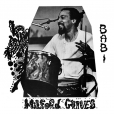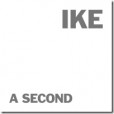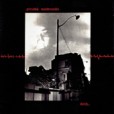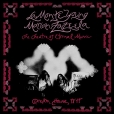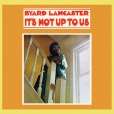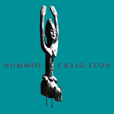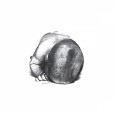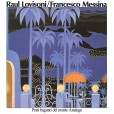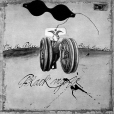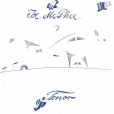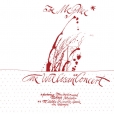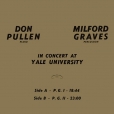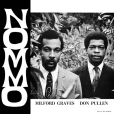Your basket is empty

‘Twelve frenetic bursts of scrapyard detournement, meticulously stitched together with dubbed-out vocals and disjointed drum machines, at the limits of bedroom electronica and DIY. Originally released in 1982 on his own Record Sluts label, in a single run of five hundred copies. Recommended to fans of Suicide, 20 Jazz Funk Greats and early Cabaret Voltaire.’
CD from Reactive.
New Face In Hell… Pay Your Rates… Container Drivers… English Scheme… Gramme Friday…
Leave The Capitol… Prole Art Threat…
The six tracks comprising the original 10” plus their contemporaneous session for John Peel in March 1981.
From 1973, the first of her recordings as a duo with Areski. ‘Deeply rooted in North African and European folk traditions… evocative vignettes with breezy vocals and minimal accompaniment of classical guitar, strings and woodwinds… One of their best-loved albums, for its remarkable sense of intimacy… beckoning listeners into a strange and beautiful world.’
In 1979, just after the release of Prati Bagnati Del Monte Analogo, Messina was asked to perform at the Teatro Quartiere in Milan.
‘Due to the limited availability of key technical features, ’ he recalls, ‘it would have been too complicated to perform Prati Bagnati, and therefore I opted for these three pieces instead. We had never actually tried them all together, so I thought about renting a recording studio the previous afternoon. In that way, we could rehearse in a suitable place and use the opportunity to record the music on tape.’
The music has an unadorned, almost improvisational feel, skewered by passages of arpeggiated, meditative piano. Its chords layered and unfurled in real time via a reel-to-reel tape machine, the track Reflex recalls Steve Reich’s mesmeric phase-shifting works of the 1960s.
‘Since the mid-1960s, Jon Gibson has played a key role in the development of American avant-garde music. As a reed player, he has performed with everyone from Steve Reich and Philip Glass to Terry Riley and La Monte Young. In the 1970s, Gibson would emerge as a minimalist composer in his own right and release two exceptional albums, Visitations and Two Solo Pieces, on Glass’ Chatham Square imprint.
‘Ranging from introspective piano meditations to cerebral ensemble works, Songs & Melodies brings together recordings from 1973 to 1977 (mostly previously unreleased), featuring prominent figures in New York’s scene, including Arthur Russell and Julius Eastman.’
The 1982 NYC-post-punk classic, bundling together Can, DAF, PIL and Joy Division.
The sole album released by Factory US.
Reissued for the first time since its initial 1969 release.
Side one was recorded earlier that year at the gallery of Heiner Friedrich in Munich, where Young and Zazeela premiered their Dream House sound and light installation. Running their voices against a sine wave drone, the composition has its roots in The Tortoise, His Dreams and Journeys, begun in 1964 with The Theatre of Eternal Music. According to Young, the raga-like melodic phrases of his voice were heavily influenced by his future teacher, the Hindustani singer Pandit Pran Nath.
Side two was recorded in Young and Zazeela’s NYC studio in 1964. A section of the longer composition Studies in the Bowed Disc, this is an extended, highly abstract noise piece for bowed gong. The liner notes explain that the record can be played at 33 and 1/3 rpm as usual, but also at any slower speed down to 8 and 1/3 RPM on turntables with this capacity.
Terrific album, originally out on Takoma in 1981 — an edgy, angsty, spiritual mix of Suicide, Cluster, La Monte Young, Terry Riley, West African rhythms… which still sounds bang up to date. Hotly recommended.
In truth this is just prior to the formation of Liquid Liquid, in 1981. Like a no-wave, Saturnian version of Raymond Scott’s big band. The punks at the London Musicians Collective would have loved them.
LI played various NYC lofts and clubs, including Tier 3, Mudd Club and CBGB. Audience members were encouraged to bring their own instruments along. Idiot Orchestra was an offshoot involving more than a dozen players — clarinet, saxophone, trumpet, violin, cello, synth, bass, marimba and drums.
With a fanzine featuring rare photos and a new interview with Richard McGuire.

